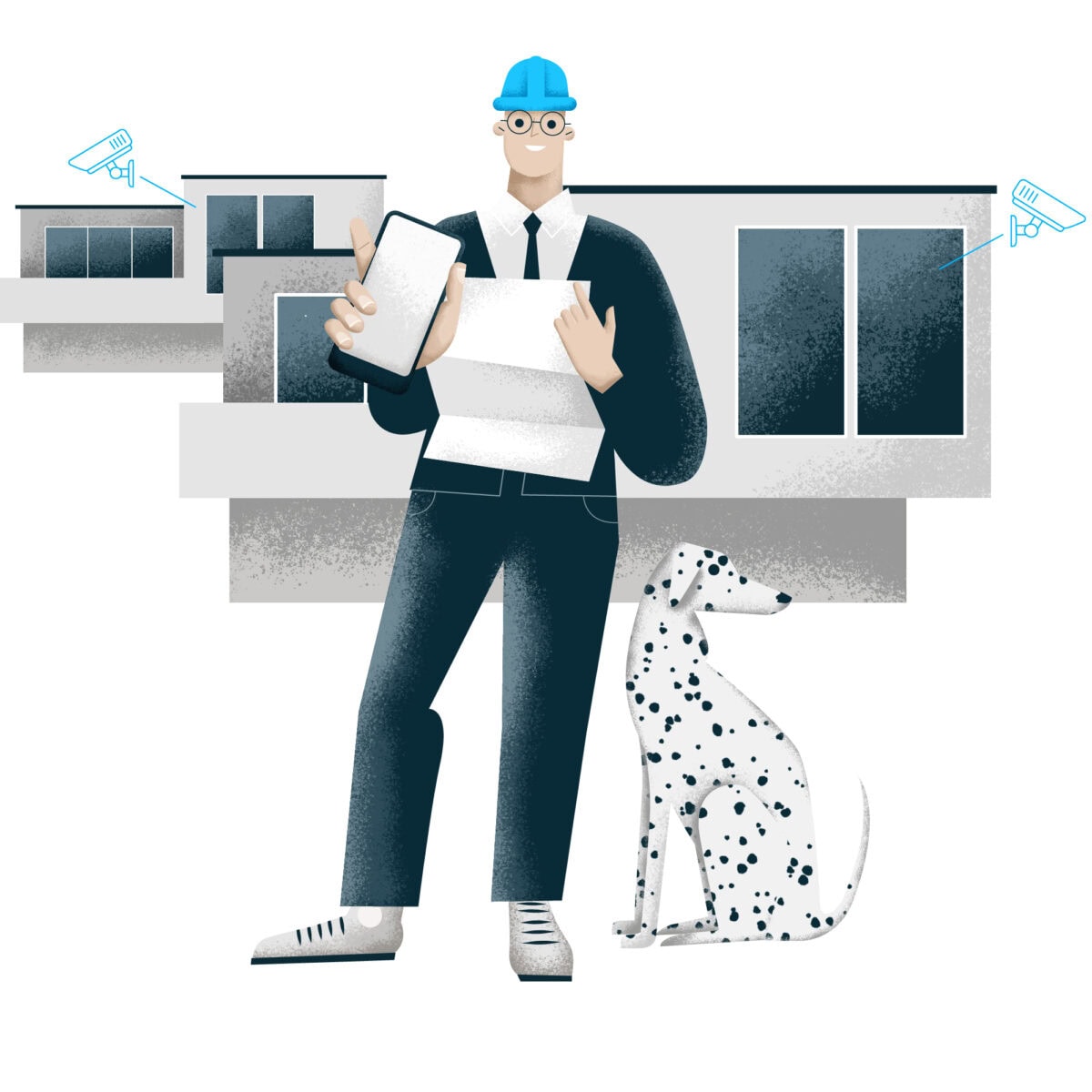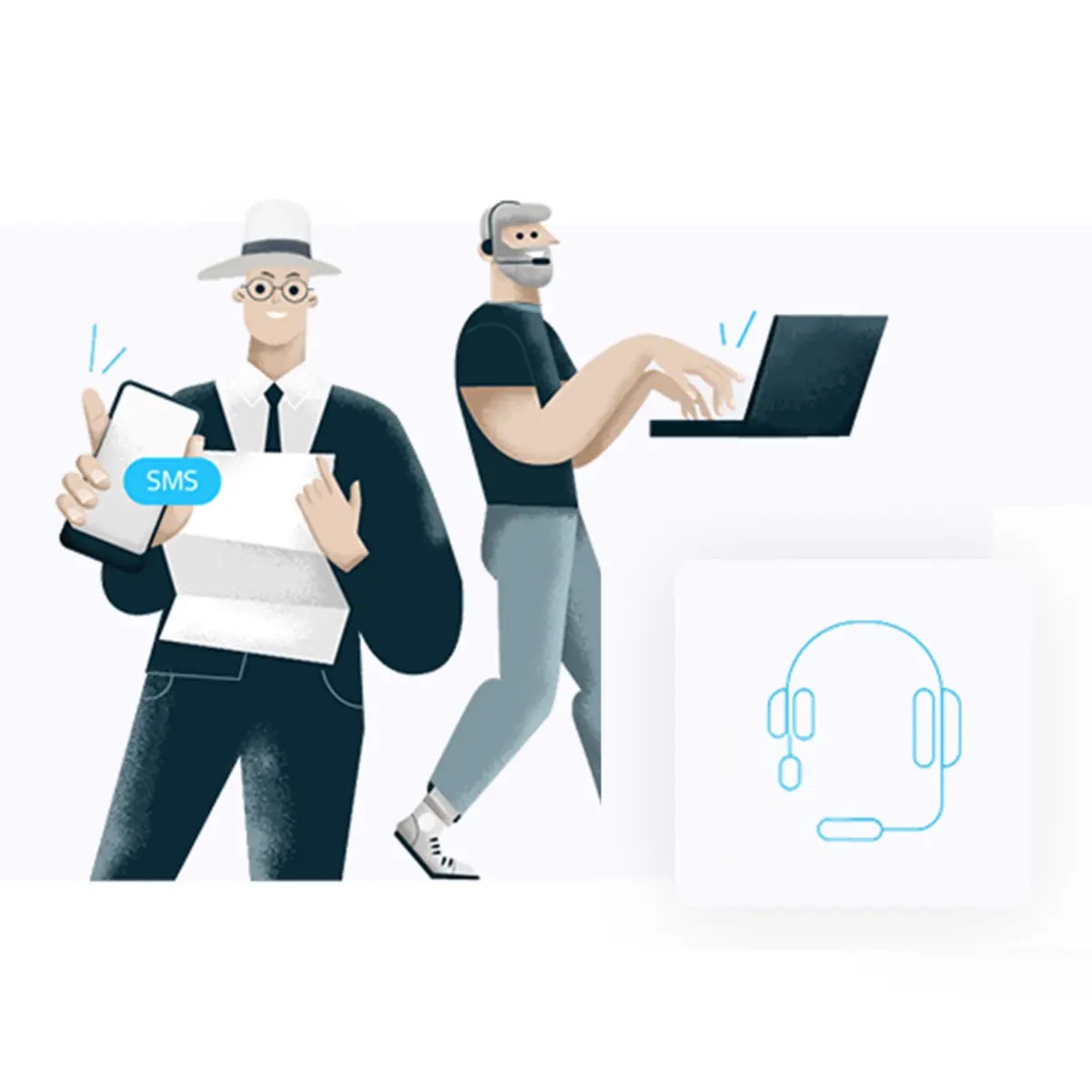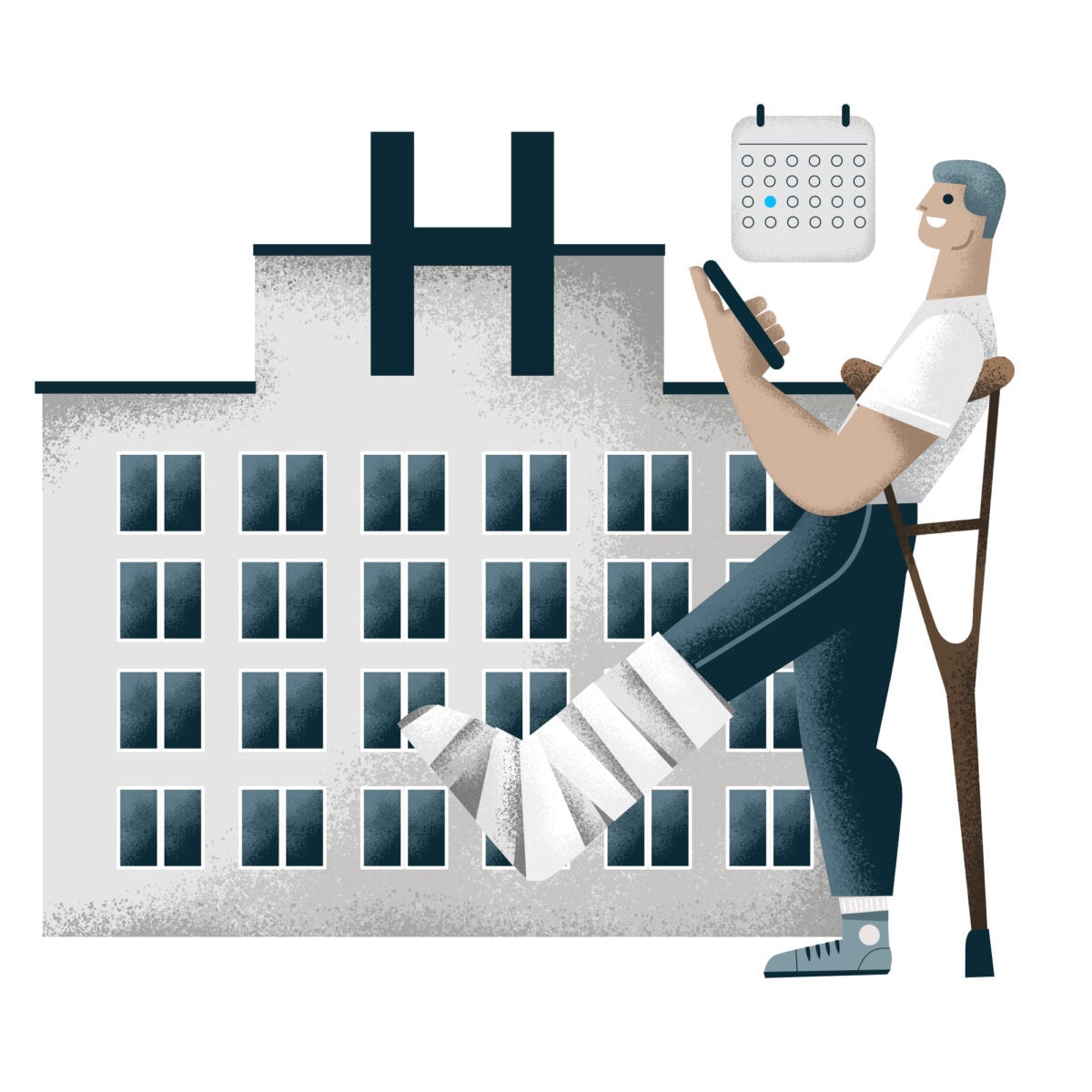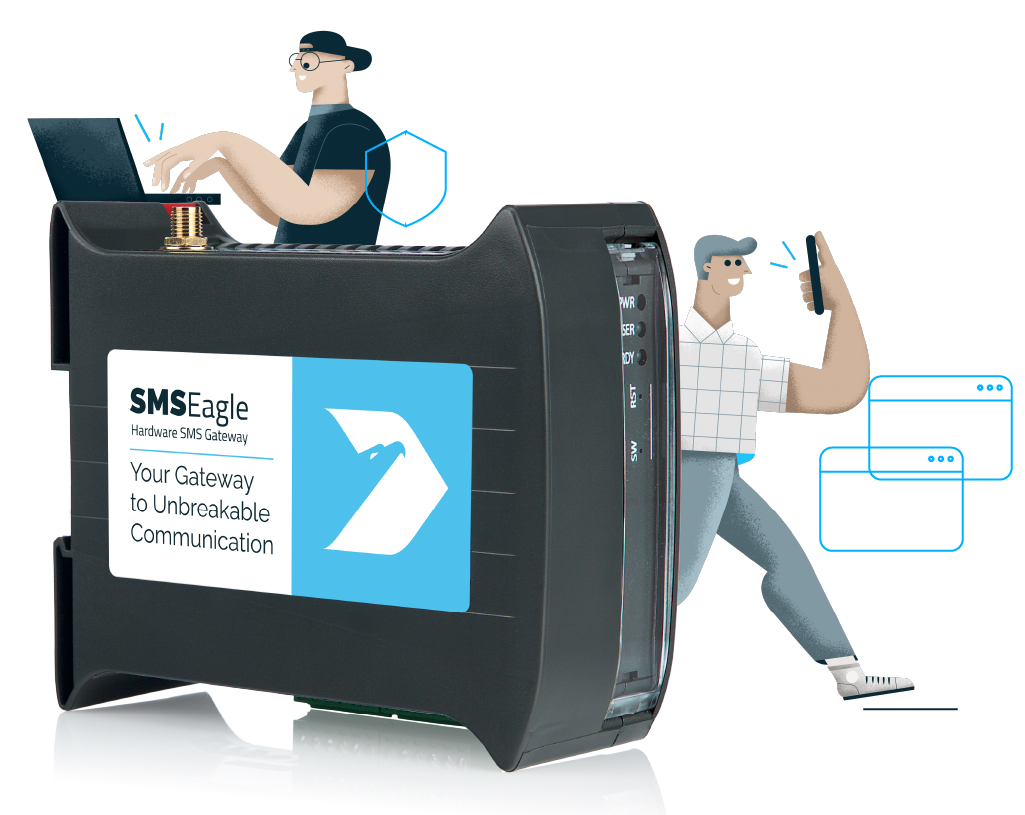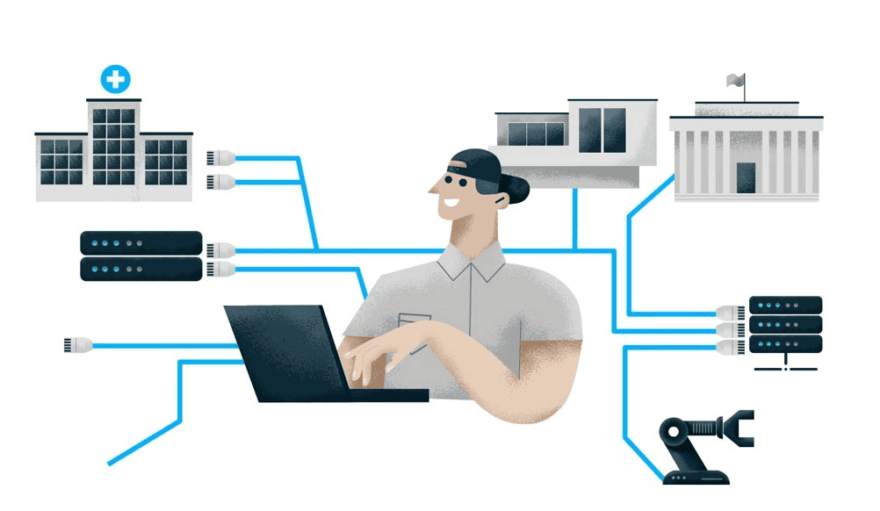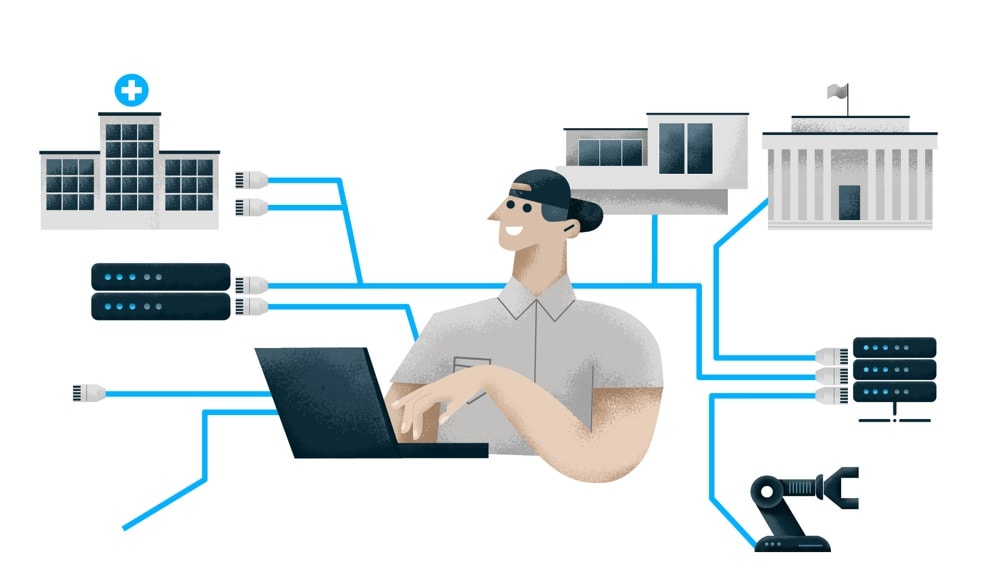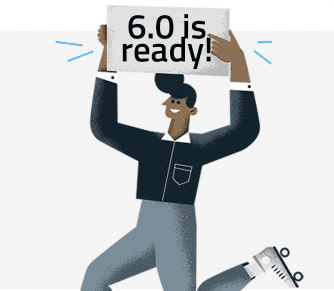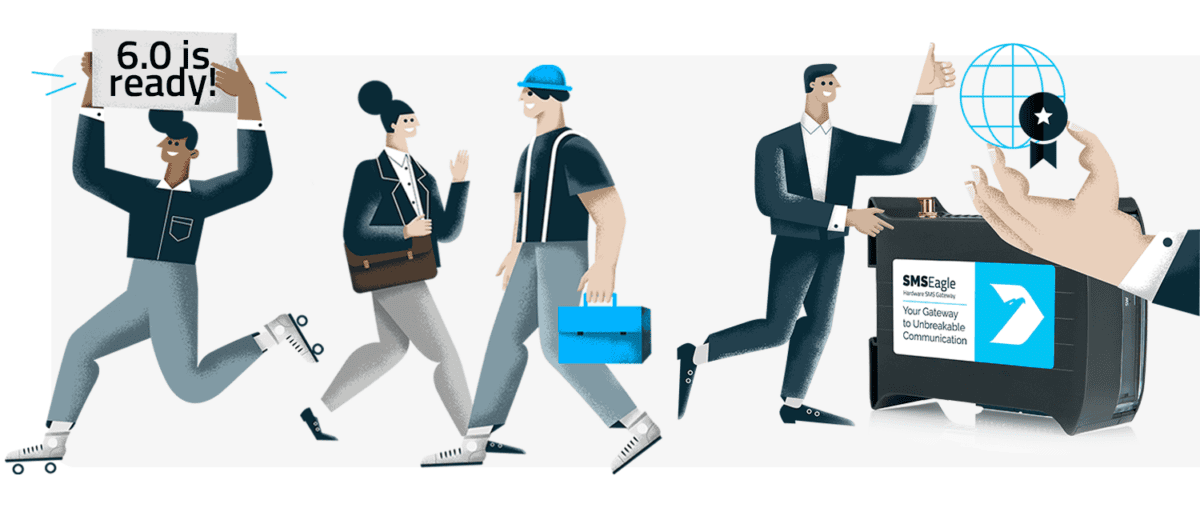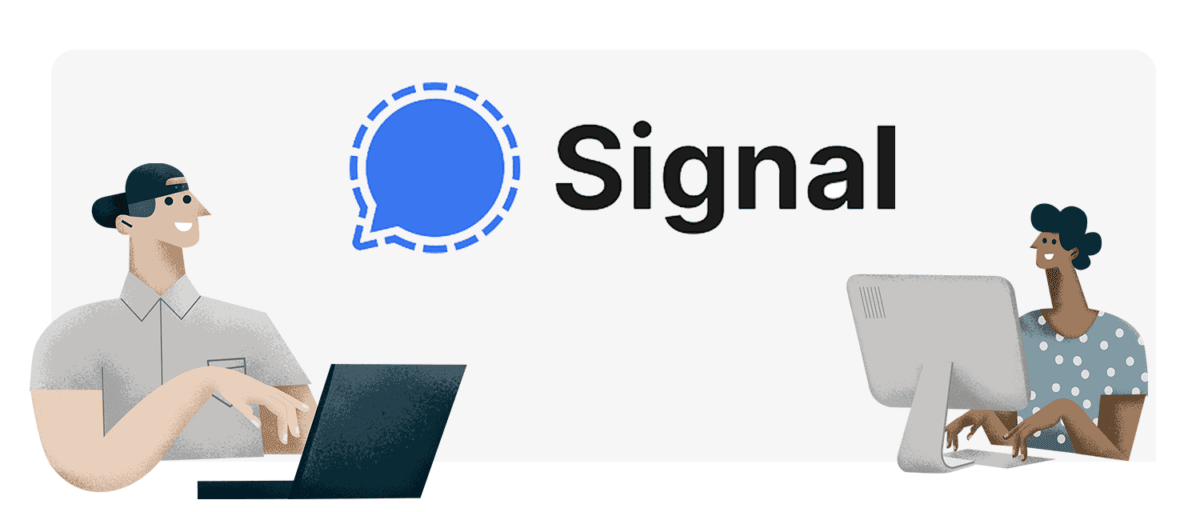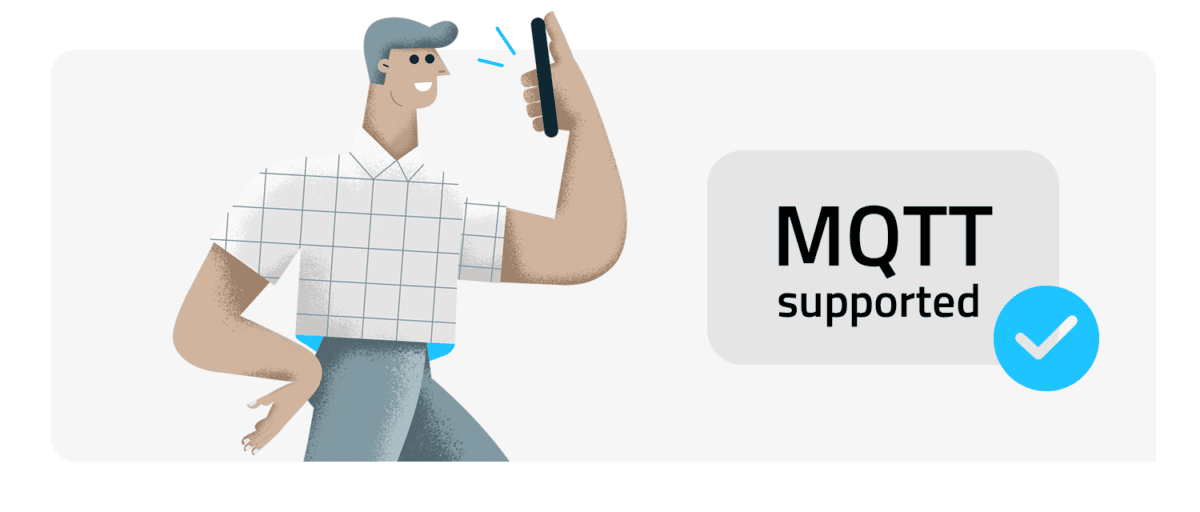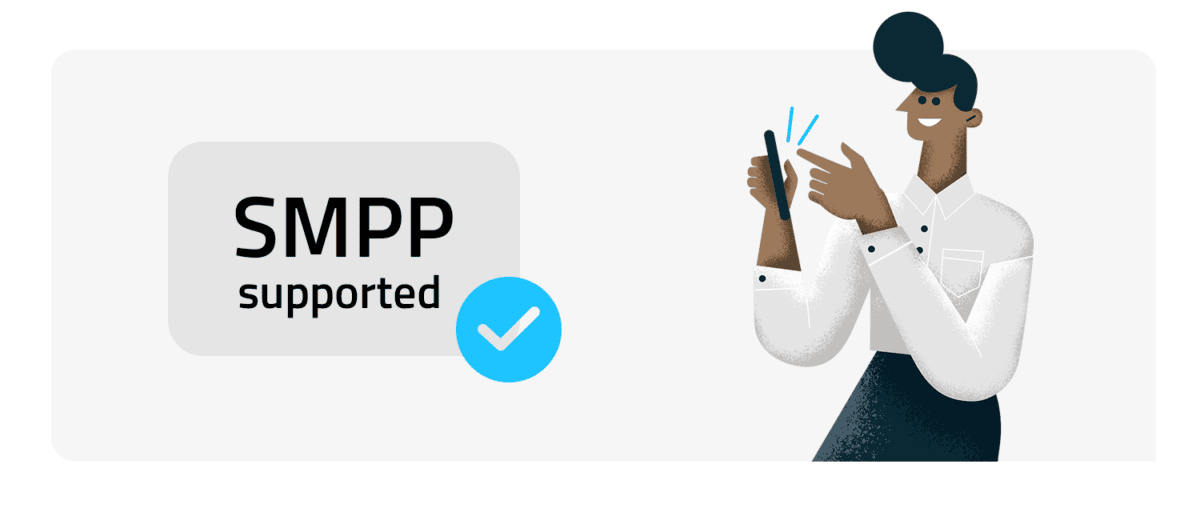SMSEagle v6.11 – New Software Version Now Available!
We’re happy to announce that SMSEagle software version 6.11 is now officially available!
We’re happy to let you know that SMSEagle software version 6.11 is now available. This update brings several useful improvements, along with important fixes that make sure your device works even better.
What’s new in version 6.11?
Here’s a quick look at what’s been added and improved:
- VOICE add-on enhancements: New options for downloading voice models, setting a default modem, and restricting call hours, plus fixes for TTS settings.
- Periodic SMS improvement: Added the option to make a voice call together with the scheduled SMS.
- Phonebook enhancement: Added the option to import and export contacts with email addresses using a CSV file.
- Security updates: System security improvements
- Bug fixes & performance: System optimizations and minor bug fixes
For the full list of changes, check out our Software Updates page.
Time to update!
We recommend updating your device to v6.11 as soon as possible so you can benefit from these improvements. You can find the update process directly in your device’s web interface.

RCS Messaging: everything you need to know about them
This article explores how RCS (Rich Communication Services) improves traditional SMS by enabling features like high-resolution media sharing, real-time typing indicators, and interactive messaging. We’ll break down how RCS works, how it transmits messages over mobile data or Wi-Fi, and what makes it different from SMS. Additionally, we’ll look at its compatibility requirements and how it changes the way messages are sent and received.
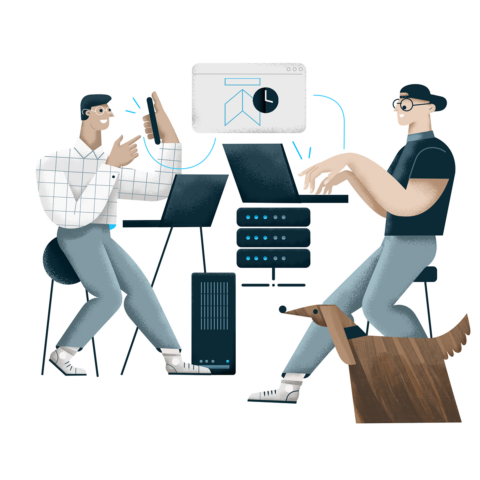
SMSEagle v6.11 – New Software Version Now Available!
We’re excited to announce the release of SMSEagle software version 6.11! This latest update brings several improvements and fixes, with the biggest changes focused on users of the VOICE add-on.

SMSEagle at Axle IT Event 2025
What if a single missed alert caused hours of downtime or a security breach? At the Axle IT Event 2025, experts shared how to avoid these risks with smarter solutions. One highlight was Radoslaw Janowski’s session on ensuring critical alerts reach the right people, anytime. Here’s what you missed.

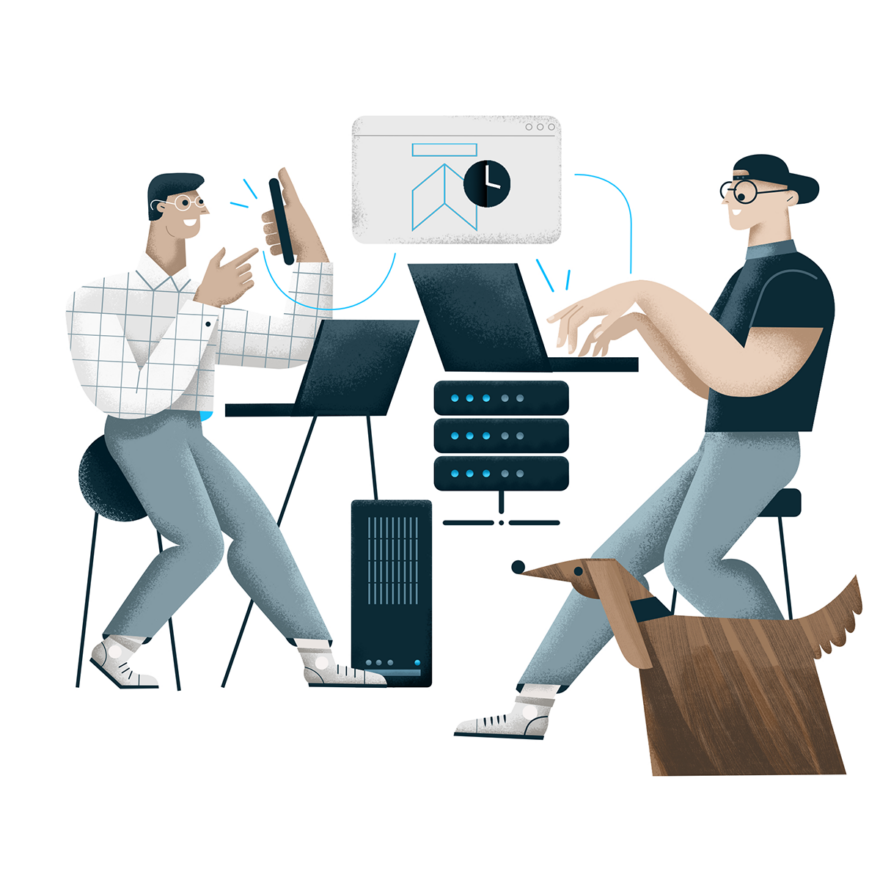
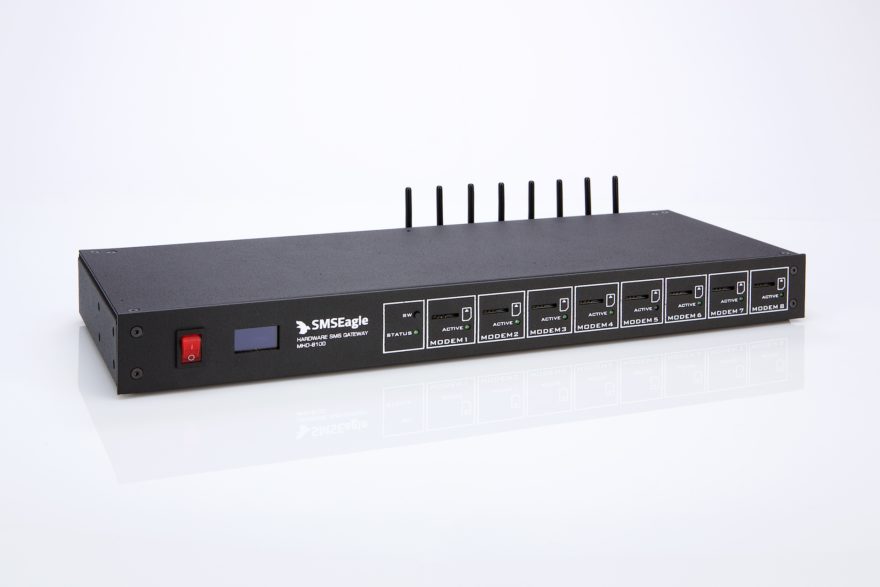




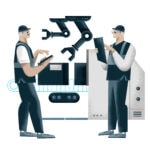
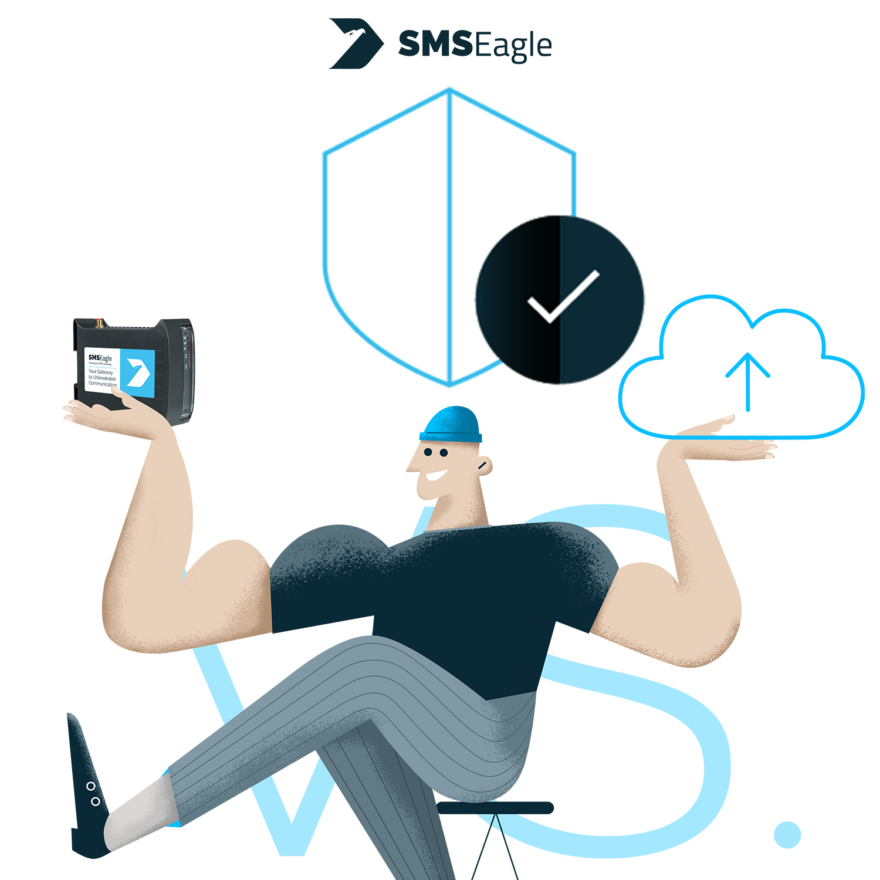





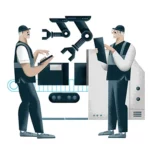

![Niagara 4 alerting limitations [SOLVED]](https://www.smseagle.eu/wpsite/wp-content/uploads/2024/09/Bulding@2x-100-880x880.jpg)
